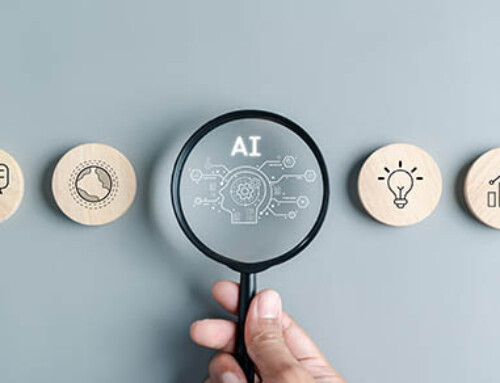
In the era of digital transformation, the Internet of Things (IoT) has emerged as a cornerstone technology driving innovation across various sectors, notably in the creation of smart workplaces. By integrating IoT devices and systems into the fabric of the office environment, businesses are not only enhancing efficiency and productivity but also fostering a culture of innovation, sustainability, and employee well-being. This article explores the concept of IoT-driven smart workplaces, offering insights into their benefits, examples of implementation, and practical steps for businesses looking to make the transition.
Understanding Smart Workplaces
A smart workplace is an ecosystem, augmented with IoT devices, that collects, analyzes, and uses data to automate and optimize operations. It encompasses everything from energy management and security systems to communication tools and employee productivity solutions. The goal is to create an environment that not only boosts efficiency but also enhances the well-being and productivity of its occupants.
Key Benefits of Smart Workplaces
- Enhanced Productivity: IoT devices automate routine tasks, freeing up employees to focus on more strategic activities.
- Improved Energy Efficiency: Smart lighting, thermostats, and energy management systems adjust according to occupancy and preferences, reducing waste and costs.
- Optimized Space Utilization: Sensors monitor room usage, helping businesses make informed decisions about space needs and layout adjustments.
- Employee Well-being: Environmental monitoring ensures optimal levels of lighting, temperature, and air quality, contributing to a healthier workplace.
- Advanced Security: Integrated security systems, including smart locks and surveillance cameras, enhance the safety of physical assets and data.
Examples of IoT in Smart Workplaces
- Smart Lighting and Climate Control: Companies like Google and Cisco have implemented smart lighting systems that adjust based on natural light availability and occupancy, alongside climate control systems that adapt to real-time environmental conditions, significantly reducing energy consumption.
- Intelligent Space Management: Deloitte’s Amsterdam office uses an app that employees can access to find free desks, meeting rooms, and even colleagues. This system is powered by thousands of IoT sensors, making the office layout highly dynamic and efficient.
- Enhanced Employee Experience: Salesforce’s San Francisco headquarters utilizes an IoT-powered platform that allows employees to personalize their workspaces, adjusting lighting, temperature, and even desk height through a mobile app.
- Wearable Technology for Employees: Devices such as Fitbit and Apple Watch can be integrated into wellness programs to monitor and encourage healthier employee habits.
- Automated Security and Access Control: Solutions from companies like August and Ring offer smart locks and video doorbells to enhance office security with remote monitoring and access control.
Implementing Smart Workplace Technologies
- Assess Needs and Goals: Begin by identifying specific challenges and objectives. Whether it’s reducing energy costs, improving employee productivity, or enhancing security, setting clear goals is crucial.
- Select the Right Technologies: Choose IoT devices and systems that align with your objectives. Consider interoperability, scalability, and security features.
- Pilot Projects: Start with small-scale pilot projects to test technologies and measure outcomes. This approach minimizes risk and allows for adjustments based on feedback and results.
- Employee Engagement: Involve employees in the transition, offering training and support. Their buy-in is critical for adoption and realizing the full benefits of smart workplace technologies.
- Data Privacy and Security: Implement robust security measures to protect sensitive information. Regularly review and update policies to address emerging threats and ensure compliance with data protection regulations.
Conclusion
The shift towards smart workplaces is not just about technological advancement; it’s about reimagining how we interact with our work environments. By thoughtfully integrating IoT technologies, businesses can create spaces that are not only more efficient and secure but also more attuned to the needs of their employees. As we look to the future, the potential of IoT in transforming workplaces is boundless, promising a world where our physical environments respond intuitively to our presence and preferences.






Leave A Comment